
This epoch sentence is attributed to Gallileo, and was referred to Copernicus’ vision of the Earth rotating around Sun. Einstein’s general relativity predicts the SPACE rotating around EARTH, but the effect is small. So small, that even Einstein did not believe in observing it.
Abell 2218: A Galaxy Cluster Lens The shapes of distant galaxies are distorted by presence of great masses (some of them invisible) along the light path; and distant, faint galaxies are magnified.



The deviation of light from General Relativity is double compares to that resulting from Newton’s theory.
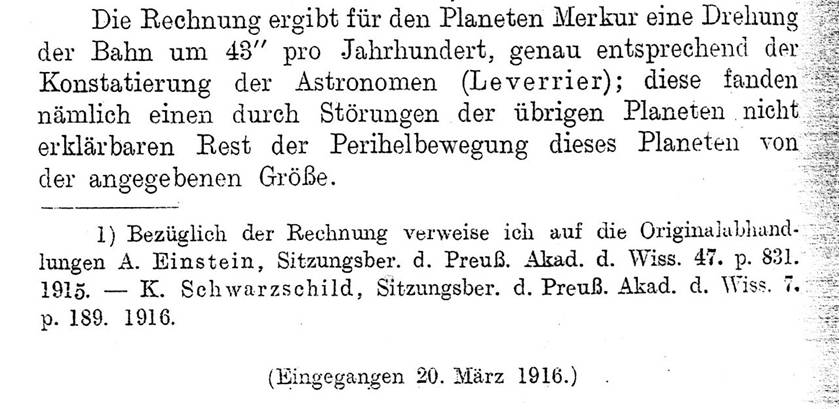

|

|
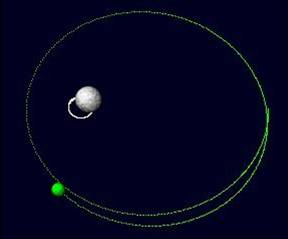
In 1916, Albert Einstein, professor in Berlin, submits another important paper, written with the help of his friend from studies, mathematician M. Grossmann.
As always, at the end of complex formula A. Eintein gives some practical predictions. Here he calculates the deviation of light by the gravitational field of Sun and of Jupiter
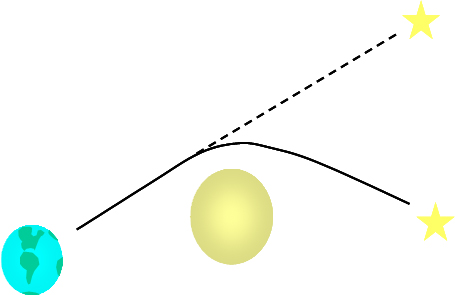
and the precession of the Mercury orbit.

Only the Newton’s, 1/r gravitational field assures closed orbits of planets. If the field is non-Newtonian, or The space “curved”, non-Euclidean, then the orbits are open.
Mercury, close to the Sun, probes the time-space curvature.

|
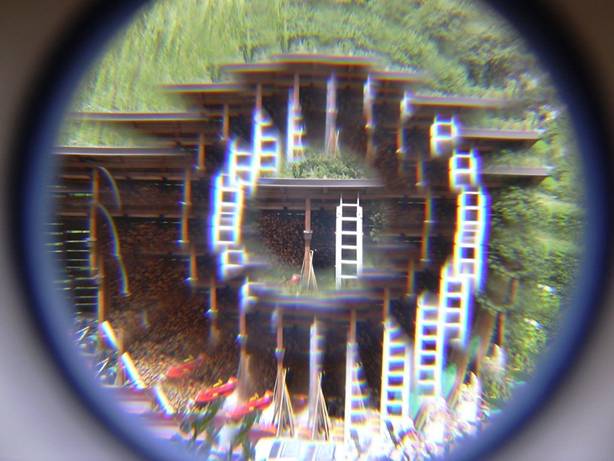
|
Gravitational lenses act like this, multi-facets lens: from a single object they produce multiple images.
National Optical Astronomy Observatory, Tucson
www.noao.edu/image_gallery/html/im0553.htm
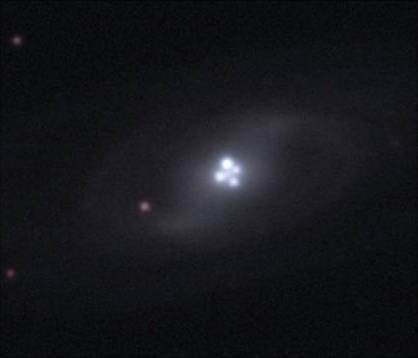
Q2237+0305 quasar
Space Telescope Science Institute
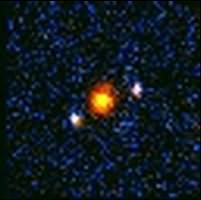
HST 01247+0352
Gravitational lenses produce multiple images, like that of Q2237+0305 quasar. Many gravitational lenses were found by the Hubble telescope: HST 01247+0352 is a pair of images around the red spherical elliptical lensing galaxy.